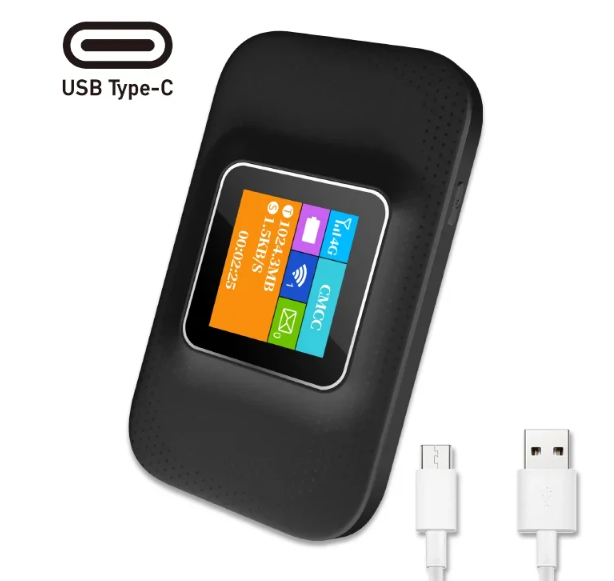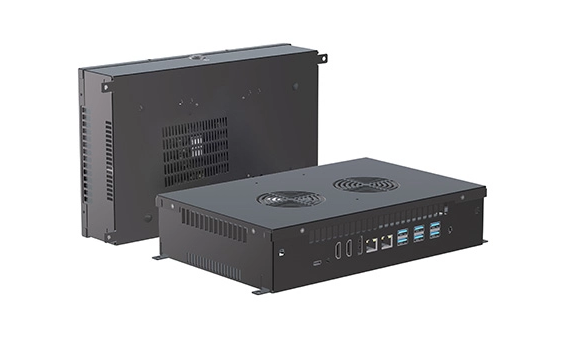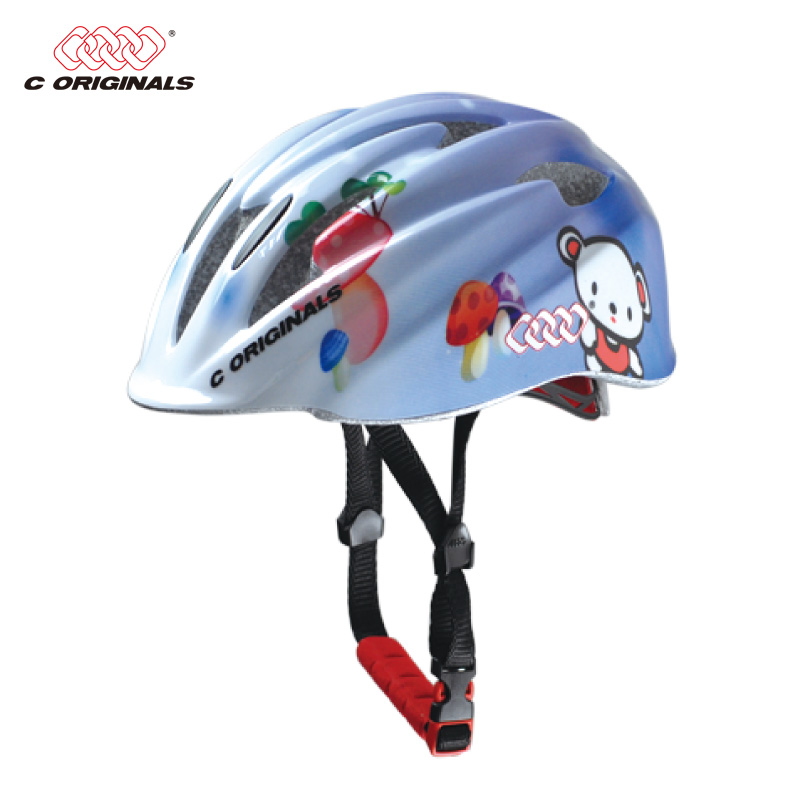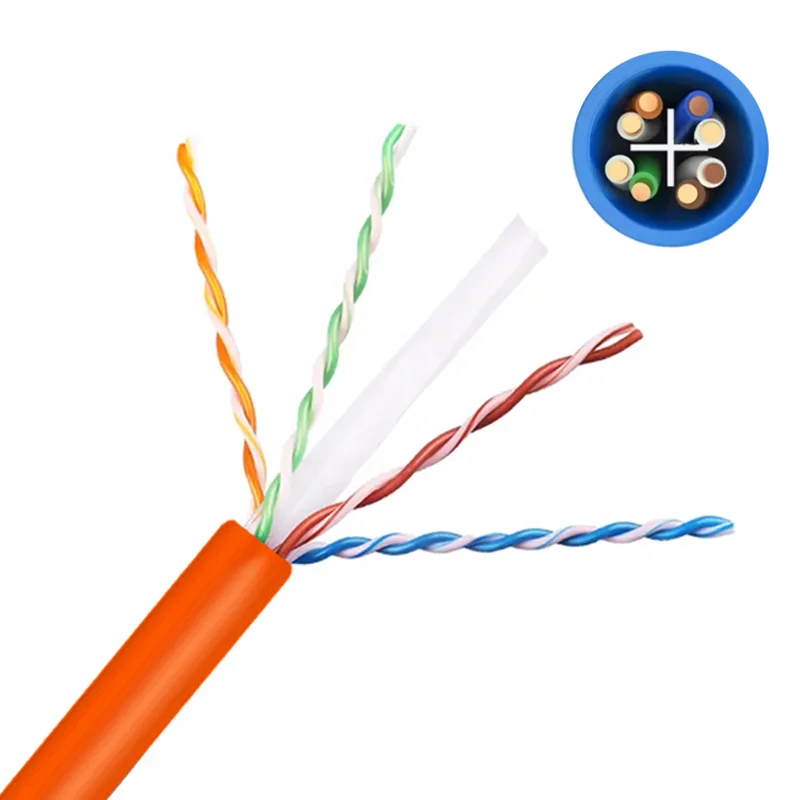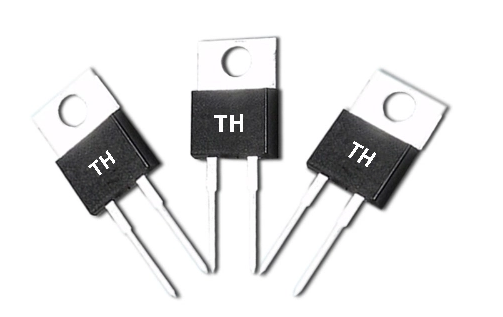Mastering the Art of Soldering: Unveiling the Secrets to Perfect Connections
Soldering is a fundamental skill in electronics, enabling the creation of reliable connections between components. Whether you are a hobbyist, a professional technician, or an engineer, mastering the art of soldering can significantly enhance the quality of your work. But what is the secret of good soldering? This article delves into the intricacies of soldering, exploring techniques, tools, and best practices that can elevate your soldering game to a professional level.
Understanding the Basics of Soldering
At its core, soldering is the process of joining two or more electronic components together by melting solder, a fusible metal alloy. The most common solder used in electronics is a combination of tin and lead, although lead-free alternatives are increasingly popular due to health and environmental concerns. The key to successful soldering lies in understanding the properties of solder and the physics behind the process.
The Role of Heat
Heat is a critical factor in soldering. The solder must be heated to its melting point, which typically ranges from 180°C to 250°C, depending on the alloy. However, applying too much heat can damage sensitive components, while insufficient heat can lead to cold joints—weak connections that can fail over time. A good soldering technique involves using the right amount of heat for the right duration, ensuring that both the solder and the components reach the appropriate temperature.
Essential Tools for Effective Soldering
To achieve high-quality solder joints, having the right tools is paramount. Here are some essential tools that every soldering enthusiast should consider:
- Soldering Iron: A good soldering iron is the cornerstone of effective soldering. Look for one with adjustable temperature settings and a fine tip for precision work. A temperature-controlled soldering station is ideal for maintaining consistent heat.
- Solder: Choose the right solder for your project. For electronics, a rosin-core solder is preferred as it contains flux that helps clean the surfaces and improve the flow of solder.
- Flux: While rosin-core solder contains flux, additional flux can enhance the soldering process. Flux helps prevent oxidation and improves the wetting properties of solder.
- Soldering Iron Stand and Sponge: A stand keeps the soldering iron secure and prevents accidents. A damp sponge is essential for cleaning the tip of the soldering iron, ensuring optimal heat transfer.
- Desoldering Tools: Mistakes happen, and having desoldering tools like solder wick or a desoldering pump can help you correct errors without damaging components.
Techniques for Perfect Solder Joints
Achieving good solder joints requires practice and attention to detail. Here are some techniques that can help you improve your soldering skills:
- Preparation is Key
Before you start soldering, ensure that all components and pads are clean and free from oxidation. Use isopropyl alcohol and a lint-free cloth to clean the surfaces. Proper preparation can significantly enhance the quality of your solder joints.
- Heat the Joint, Not the Solder
One common mistake is to apply heat directly to the solder instead of the joint. Instead, heat the component lead and the pad simultaneously, allowing the solder to flow into the joint. This technique ensures a strong bond and reduces the risk of cold joints.
- Use the Right Amount of Solder
Applying too much solder can create bridges between adjacent pads, while too little can result in weak connections. Aim for a small, shiny, and concave solder joint that covers the pad and the component lead without overflowing.
- Practice Good Technique
Maintain a steady hand and a comfortable grip on the soldering iron. Use a gentle motion to apply solder, and avoid moving the components until the solder has cooled and solidified. This practice helps prevent misalignment and ensures a clean joint.
Troubleshooting Common Soldering Issues
Even experienced solderers encounter problems from time to time. Here are some common issues and their solutions:
- Cold Joints: If a joint appears dull or grainy, it may be a cold joint. Reheat the joint and add a small amount of solder to ensure proper flow.
- Solder Bridges: If solder connects two adjacent pads, use a solder wick to absorb the excess solder and create a clean separation.
- Component Damage: If a component is damaged due to excessive heat, consider using a heat sink or a lower temperature setting for sensitive components.
Conclusion: The Path to Soldering Mastery
The secret of good soldering lies in a combination of knowledge, technique, and practice. By understanding the science behind soldering, using the right tools, and applying effective techniques, you can create strong, reliable connections that stand the test of time. Whether you are assembling a simple circuit or working on complex electronics, mastering soldering will undoubtedly enhance your skills and the quality of your projects. So, pick up your soldering iron, practice diligently, and unlock the secrets to perfect solder joints!

